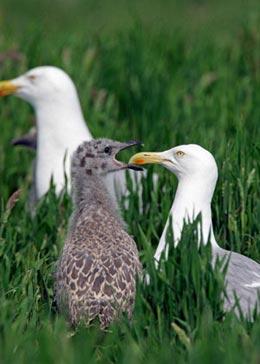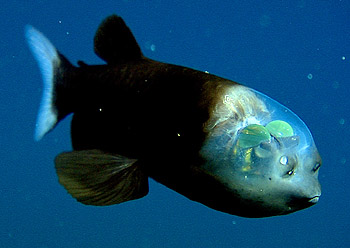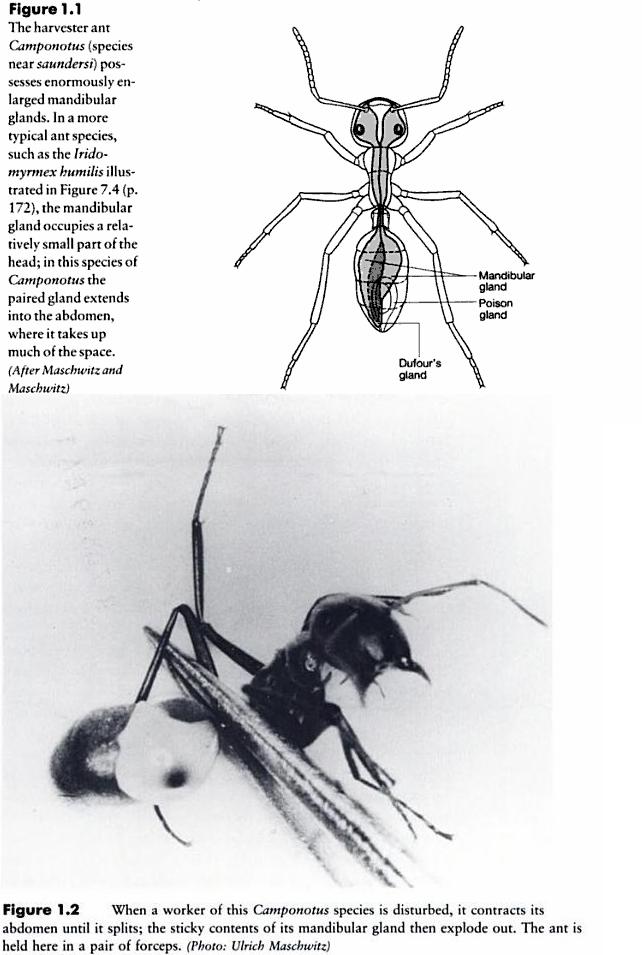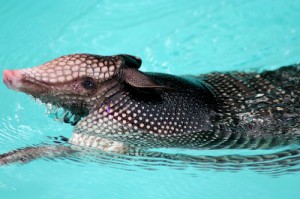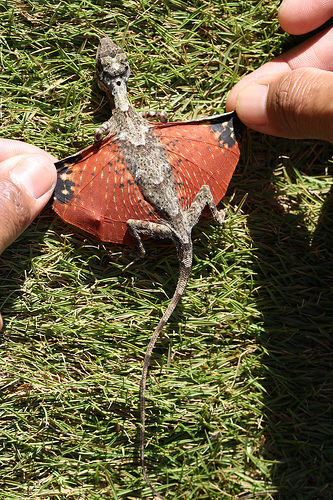Since as recent as 2005, the numbers of the Nomura Jellyfish (Nemopilema nomurai) have increased by a hundredfold in certain coastal areas of Japan. A giant jellyfish larger than a human adult, these invertebrates can weigh up to 220 kilograms and grow up to 2 meters wide. Certainly not the kind of jellyfish you would expect to find in the Underwater World, our local aquarium.

The cnidoblast, or stinging structure, of a jellyfish, contains enough venom to kill or paralyze small fish and crustaceans, and are hardly deadly to humans who come into contact with these creatures. A sting from the Nomura Jellyfish, on the other hand, can possibly paralyze a fully-grown man and cause drowning. There have been reports of death caused by such stings, although these are infrequent.
More importantly, the jellyfish have cost Japan’s fishing industry millions of dollars. Fishermen commonly use large expensive nets to stretch over an enormous area (hundreds of kilometers). Those who get trapped in fishing nets are strong enough to break through them, destroying them and poisoning catches with their stingers. They have been known to invade local fisheries and fish farms in search of fish eggs and larvae. In 2009, the huge Nomura Jellyfish capsized a fishing vessel, throwing its crew into the sea. It sounds like a great idea for a Hollywood monster movie, but you can imagine the economic crisis they have been causing fishing communities and villages who have had to live with this reality in the last few years.
The question is then, how did the jellyfish, which used to be more common in Chinese and Korean waters, reach these waters in the first place? A highly probably theory is that global warming heating the seas have caused a climate change that is better suited for jellyfish breeding. Increased water pollution off China has created oxygen dead zones where jellyfish can live in even if other fish cannot, and has also escalated the growth of microscopic plankton that they feed on. At the same time, over-fishing in Japan’s resource-limited ocean has also greater reduced the numbers of fish, eliminating competition for food sources as well as certain kinds of fish that predate on the young of the Nomura Jellyfish. Thus the water-condition produced by a combination of rising ocean temperatures, pollution, and over-fishing has caused a population explosion in the numbers of jellyfish during recent years.
The animal’s migration habits are still poorly understood, but no one can rule out the possibility that jellyfish will rule the oceans in the future.
Bibliography
Casey, M., Yuasa, S. (2009, November 15). Jellyfish swarm northward in a warming world. US News and World Report. Retrieved April 7, 2010, from http://www.usnews.com/science/articles/2009/11/15/jellyfish-swarm-northward-in-warming-world.html.
Richardson, A. J., Bakun, A., Hays, G. C., Gibbons, M. J. (2009, June 6). The jellyfish joyride: causes, consequences and management responses to a more gelatinous future. Trends in Ecology & Evolution, 24 (6), 312-332.
Ryall, J. (2009, November 2) Japanese fishing trawler sunk by giant jellyfish. Telegraph.co.uk. Retrieved April 7, 2010, from http://www.telegraph.co.uk/earth/6483758/Japanese-fishing-trawler-sunk-by-giant-jellyfish.html.
Yomiuri Shimbun (2005, October 4). A diver attaches a sensor to a large Echizen jellyfish. Getty Images. Retrieved April 7, 2010, from http://www.gettyimages.com/detail/56532231/AFP.
